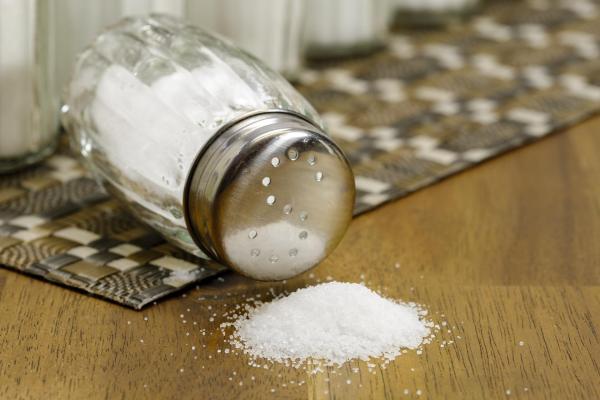Quick note, you can find my report on dietary salt in China here.
The researchers were interested in the sources of our dietary salt intake. The study, done in 2014, consisted of a “convenience sample” of 450 adults recruited from the south, upper midwest, and the west coast, ages 18 to 75. Recruitment was designed to have equal numbers of men, women, blacks, Asians, Hispanics, and whites. Quasi-random.
Our nutritional “constant,” the food questionnaire, was administered four times over 11 days, recall being “improved” by giving the participants a checklist to use on the day being recorded and completing the food questionnaire the next day. To get a handle on salt intake, the participants were asked to “shake the same amount of salt added to food at the table throughout the day into a plastic resealable collection bag.” They were asked to do the same for salt added during cooking.
Additional information was collected on supplements being taken by the participants, along with non-prescription antacids (a significant possible source of sodium, as it turns out); the salt present in the participants’ water supply came from municipal data, or if they used wells, a water sample.
Results
 The mean daily sodium intake was 3,501 mg – consistent with many studies of US diets.
The mean daily sodium intake was 3,501 mg – consistent with many studies of US diets.- Men used about 24% more sodium than women.
- Sodium use was pretty much the same across all age categories
- Blacks use the most salt, 3,800 mg; Hispanics the least, 3,100 mg; Asians and Whites were essentially tied at 3,500 mg.
- Sodium use was inversely related to higher levels of education
- Sodium use was greatest in the South, 3,900 mg; least in the West, 3,200 mg; and slightly higher in the Midwest, 3,300 mg.
- The graphic shows that salt added in processing (added outside the home) and the salt inherent in the food contributes 85% of the daily salt intake. This is no surprise and is the central argument that salt in processed foods contributes to our hypertension.
But is there a regional variation?
This table is modified from the original study to show only the differences between ethnicities and regions. The amount of salt added during processing (added outside the home) is essentially the same for all these regions and ethnicities – our choices of foods, at least concerning sodium, are relatively homogenous.
But the salt added at the table and during home preparation, the amount added for taste, and the amount added because of the cultural norms of cuisine show significant variation. Southern tastes require more salt, less so for the Midwest. Black and Hispanic cuisine involve more salt, but it is added during cooking in one instance and in the other at the table.
The study has its limitations beginning with the food questionnaire, the possibility that being studied altered their dietary choices, and this was a convenience sample rather than a fully representative sample of the population. But it raises an interesting question. Do our cultural choices, as reflected in our cuisine, make a difference in studying our use of salt?
The preponderance of studies aggregates across the population without regard for differences in regional cooking. Small but significant differences, like the amount of salt added at the table, are lost in aggregation. I think this may be a mistake and that regional differences in the cultural aspects of our diet may help explain other regional differences. For example, this study demonstrated that Blacks living in the South were 11% more likely to have hypertension than those living outside the South.
Sources: Sources of Sodium in US Adults From 3 Geographic Regions Circulation DOI: 10.1161/CIRCULATIONAHA.116.024446





